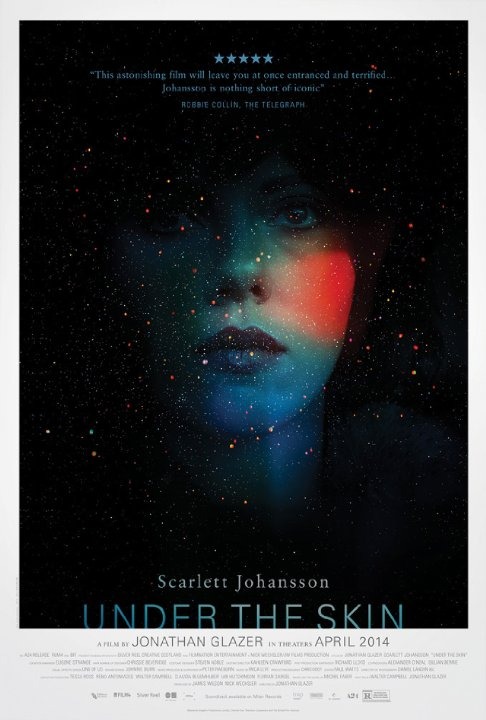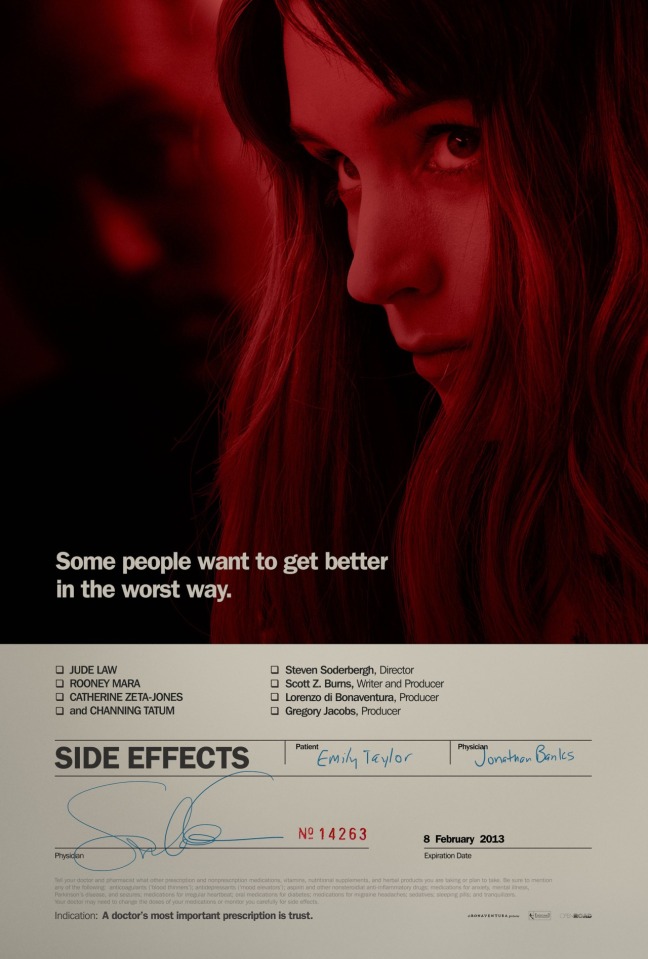
Fear for the whole family
Park Chan-wook has never shied away from bizarre, dysfunctional, and often vicious dynamics in his films. The Korean filmmaker rose to prominence with his Vengeance Trilogy and now continues his legacy of twisted relationships with “Stoker.”
Quiet and observant India Stoker (Mia Wasikowska, Jane Eyre, Lawless) has just lost her father, Richard (Dermot Mulroney), in a tragic car accident. As she and her emotionally unstable mother, Evelyn (Nicole Kidman), prepare for the funeral and life without him, Richard’s brother Charlie (Matthew Goode) shows up to look after India and her mother.
Although Evelyn quickly welcomes Charlie into their home, India is disturbed by his continual attention and becomes more curious about what lies behind his boyish smile. As time passes, she tries to find out what he’s up to and begins to find herself drawn into Charlie’s web.
There’s no real punch to the final act driving this thriller home, but the simple coming-of-age plot device is easy to pull off. Internationally acclaimed for his impeccable framing and brutal imagery in his native Korea, this is director Park’s first English film, as well as his first film he hasn’t written.
The plot, however intriguing it ends up being to audiences, is much simpler than the plots of Park’s previous films. It’s not so much a complicated thriller, like “Oldboy,” as it is a ruminating one. “Stoker” certainly has more of an American aesthetic than most of Park’s repertoire. Steeped in a gothic tone and vintage fashion, the movie has a solemn and aged feeling to it, which is perfect for a modern story about a loss of innocence.
The film’s true triumph is in Park’s direction. Every shot is like a well-framed oil painting, utilizing every inch of the screen to draw in viewers and heighten suspense. From the quiet shift in perspective on a scene to the smooth transition between characters, Park is a master of increasing the tension of any scene. The film draws its sense of intrigue and slow reveal from Alfred Hitchcock’s style. Even Charlie’s unexpected return is straight out of “Shadow of a Doubt,” Hitchcock’s film in which a character called Uncle Charlie returns from “traveling” with a much darker secret.
Goode brings an air of mystery to his role as dark, unnerving, J. Crew model-like Charlie. If he couldn’t simultaneously sell the charm and the gloom that hangs over “Stoker,” then the movie wouldn’t work nearly as well.
Wasikowska’s ethereal and dreamy nature plays well for India’s character. India becomes a muted but sharp woman, who even in her quietness still presents herself as a curious narrator throughout the film’s twists. Watching her observe and grow into a woman throughout the film is a suspense in itself.
While “Stoker” is stunning to behold in terms of acting and cinematography, it’s even more wonderful to hear. The sound-mixing of the movie helps build suspense with its constant background noise and awkward silences. Between the rustle of the wind, the creak of the house, and the quiet footsteps, this aural landscape is central to the film and to the character of India, who “sees and hears what others cannot.”
Layered on top of the pristine direction, growing suspense, and enigmatic acting is the uncomplicated but eerie soundtrack by Clint Mansell, perfectly laying the groundwork for Park’s suspenseful film. It sets the mood of every chilling moment of the film with simple elegance.
While the script may seem too melodramatic or lacking in proper character motivation at times, it’s easy to forget that in the wake of such a grand project. “Stoker” is meticulous, beautiful, and too captivating to miss.
The verdict: Not the most surprising thriller, but the details make it alluring.









